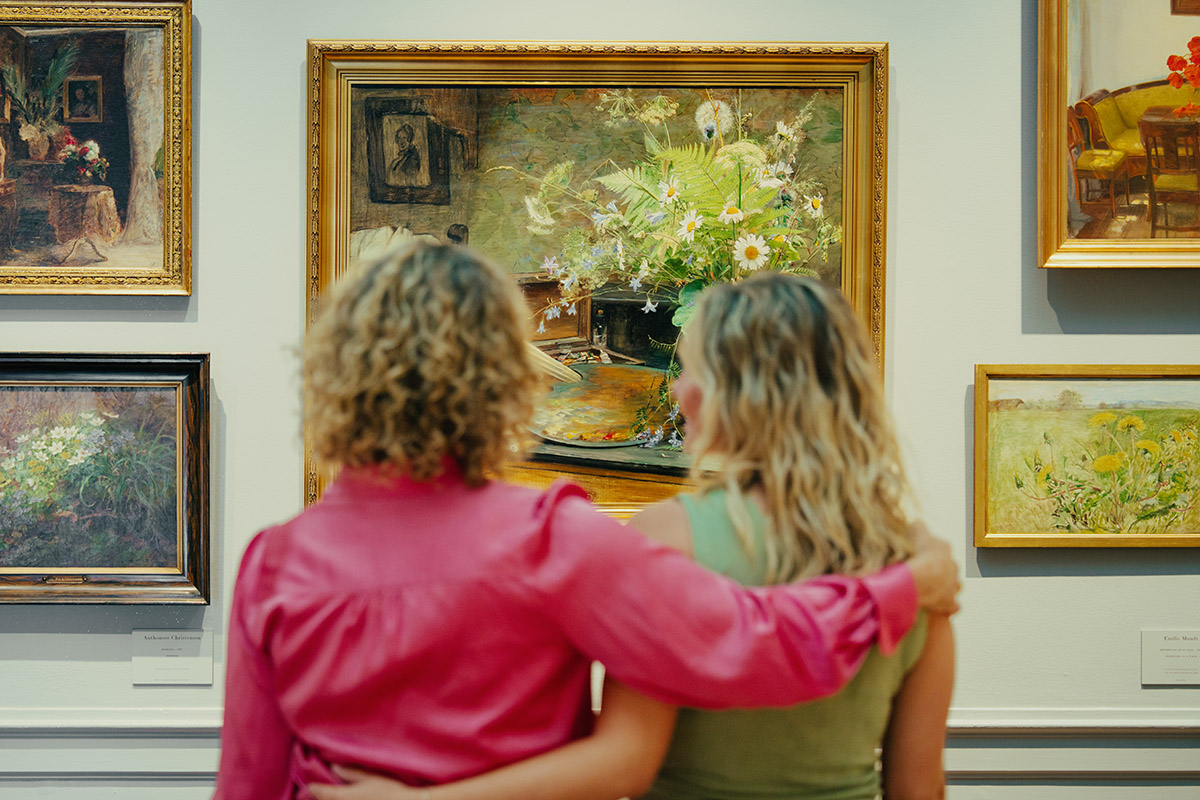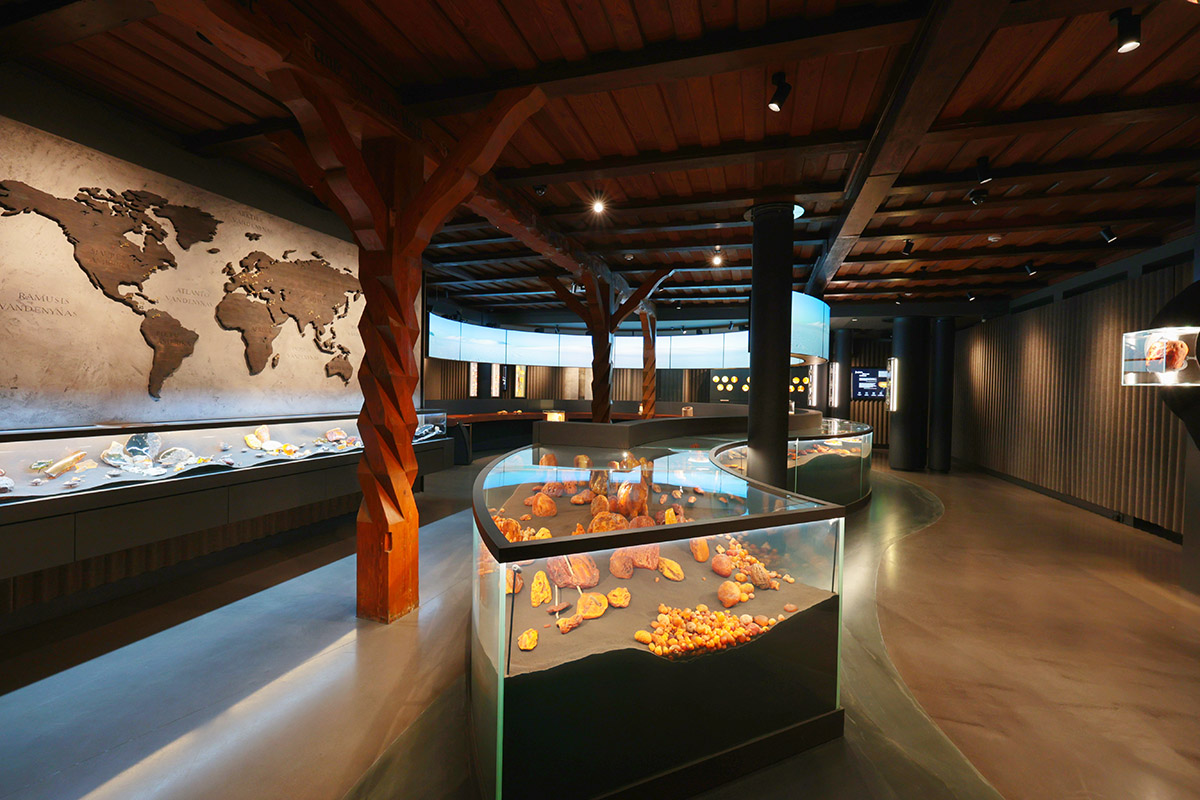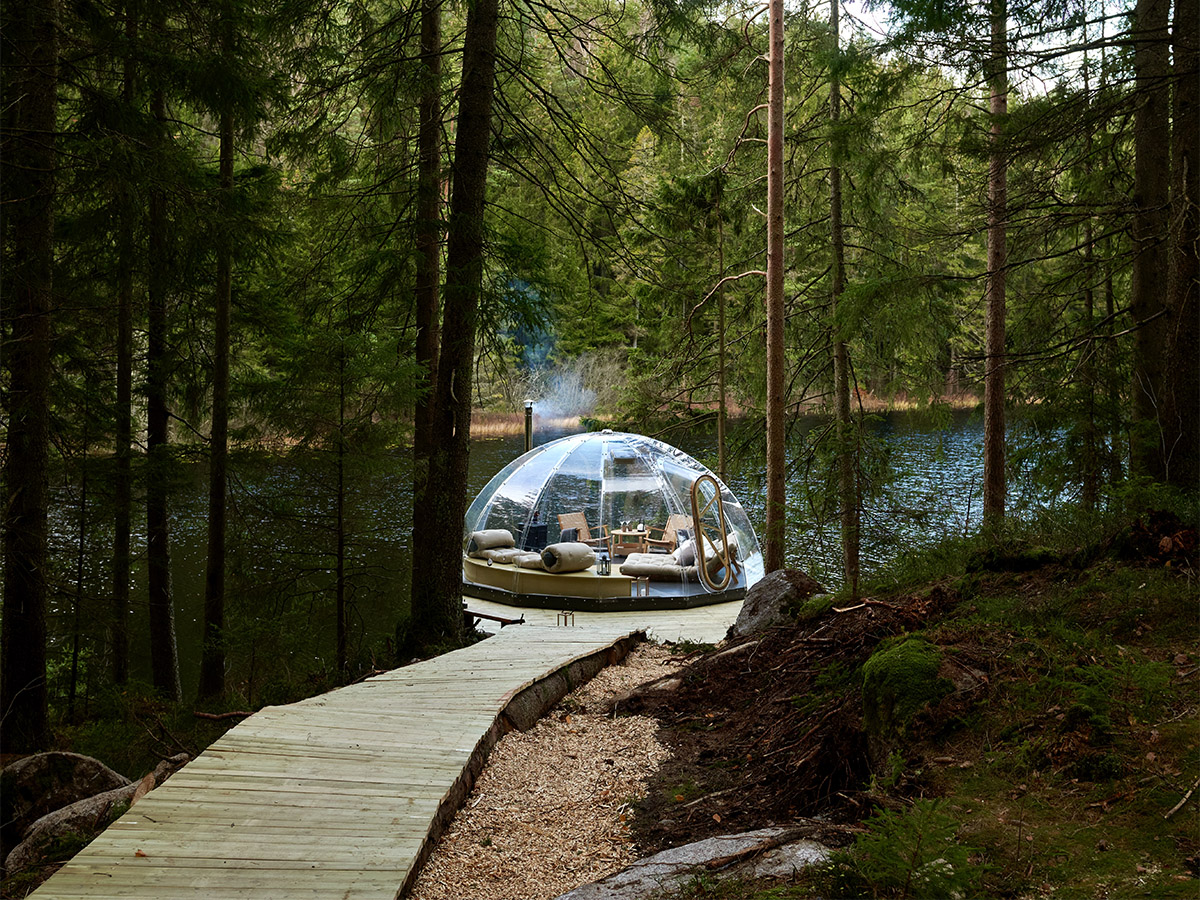Munch Museum: Preserving Edvard Munch’s legacy and Norway’s cultural art heritage
By Ndéla Faye

Photo: MUNCH
With famous pieces such as The Scream, Madonna, and Vampire, Edvard Munch was and remains the most famous Norwegian artist. In a modern country that rapidly moves into the future, the Oslo-based art museum MUNCH is responsible not only for preserving, but also for continuing the artistic legacy that the artist has left behind.
Located by the Oslofjord, MUNCH shares the culture hub Bjørvika with some of the capital’s most iconic sites – the Opera, the Deichman library, and not to mention the Bjørvika waterfront. The area buzzes with life in the summer and with a dynamic cultural scene and world-class food, this is also vibrant during the rest of the year. Here, MUNCH offers a unique experience of Oslo’s cultural landscape.
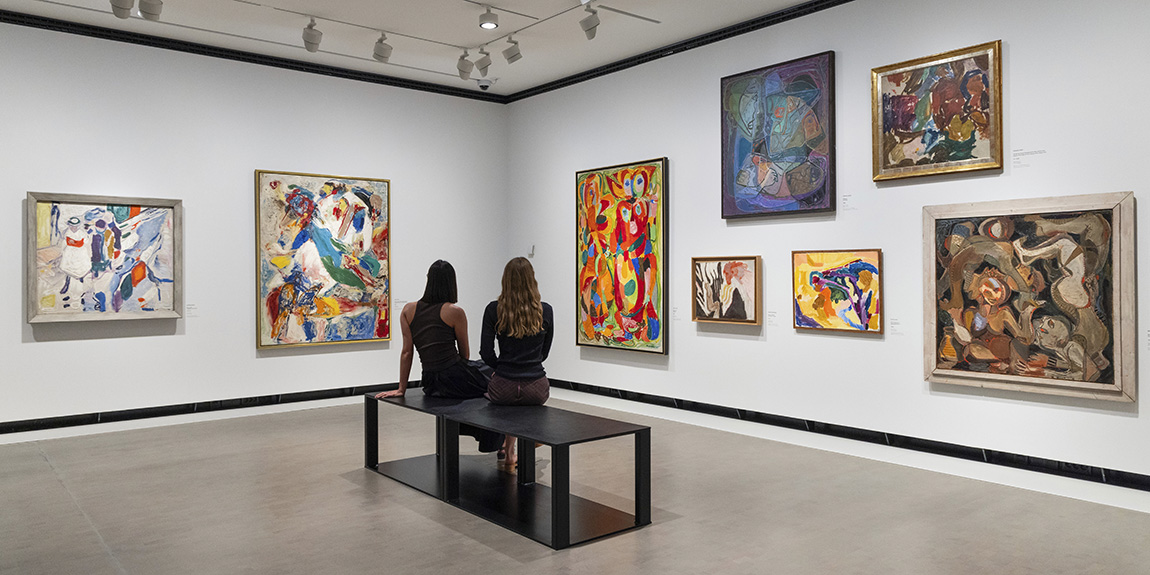
Photo: MUNCH
“MUNCH, previously known as the Munch Museum, is a museum of modern and contemporary art, with Edvard Munch’s enormous heritage at the centre of it all,” says Tone Hansen, director at MUNCH. “We manage the world’s largest collection of Edvard Munch’s works, including his most famous paintings: The Scream, Madonna, Girls on the Bridge, Vampire – also known as Love and Pain – and many others. In total, we have over 1,200 paintings by Edvard Munch and more than 18,000 graphic works.”
In addition to art and exhibitions, the thirteen floors at MUNCH host a range of experiences and activities such as workshops, festivals and film screenings. For music lovers, the MUNCH concert programme includes everything from rock and jazz to electronica and some of Norway’s best DJs.
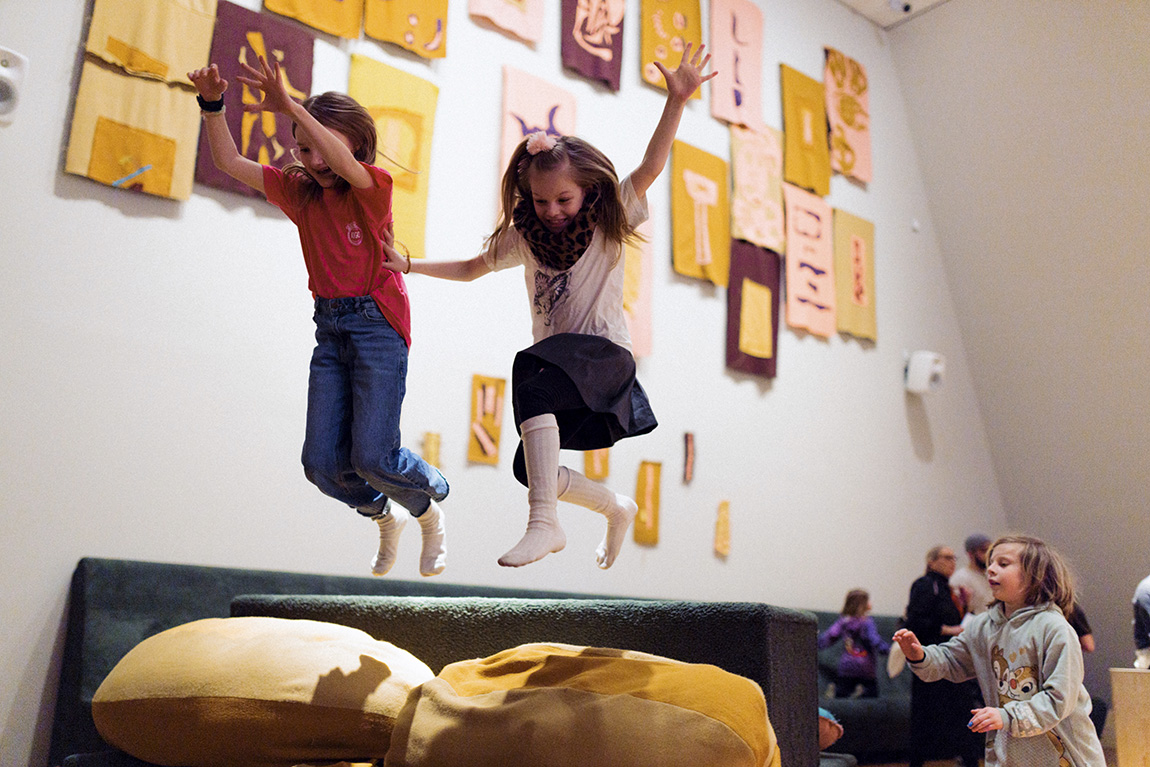
Photo: Leo Solland
A cultural heritage left behind to the public
There is no hiding that Edvard Munch himself is what sets MUNCH apart. Munch is one of the world’s most famous artists, with his works reaching far beyond Norway’s borders. The Scream, for instance, has become a global pop culture icon, instantly recognizable to people worldwide. For many visitors, seeing Munch’s works up close is a once-in-a-lifetime experience.
While the museum itself opened its doors to the public in the 60s, its history stretches even further back.
“A few days after Norway was invaded by Nazi Germany in April 1940, Edvard Munch bequeathed his entire estate to the City of Oslo,” explains Hansen.
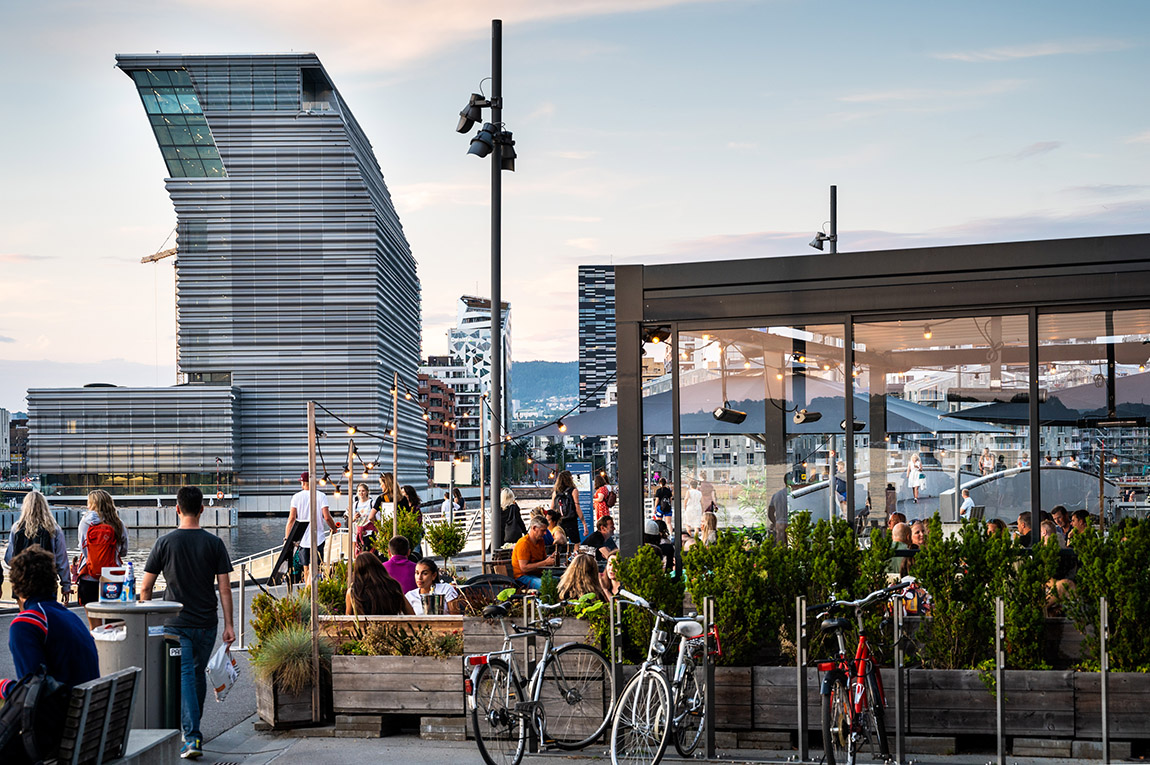
Photo: Guttorm Stilén Johansen © Munchmuseet
“Munch feared that his art would be stolen or confiscated, something we’ve since seen that the Nazis did on a large scale, and he believed it would be safer if the City of Oslo owned it after his death. Thanks to this will, his art remained in Norway and ended up in public ownership rather than private collections, allowing us to showcase a vast amount of his rich artistry in one place.”
Post-occupation Oslo saw the Munch Museum built in Tøyen on the city’s east side. While the museum, at the time, was considered to be both modern and beautiful, it became increasingly clear that the space would not be enough to keep such important pieces of the world’s art history, especially in terms of security.
“In 2004, Norway took the world media by storm when there was an armed robbery at the museum and The Scream and Madonna were stolen. Luckily we got the pieces back, however this rattled both the country and our politicians, and the city realized that we needed a better place to preserve what Munch left behind.”
In 2021, MUNCH opened in Oslo’s brand-new district, Bjørvika, a growing hub of business, food, and culture. Here, the museum has been allowed to show more of Munch’s amazing work to the hundreds of thousands of visitors who flock to its doors every year.
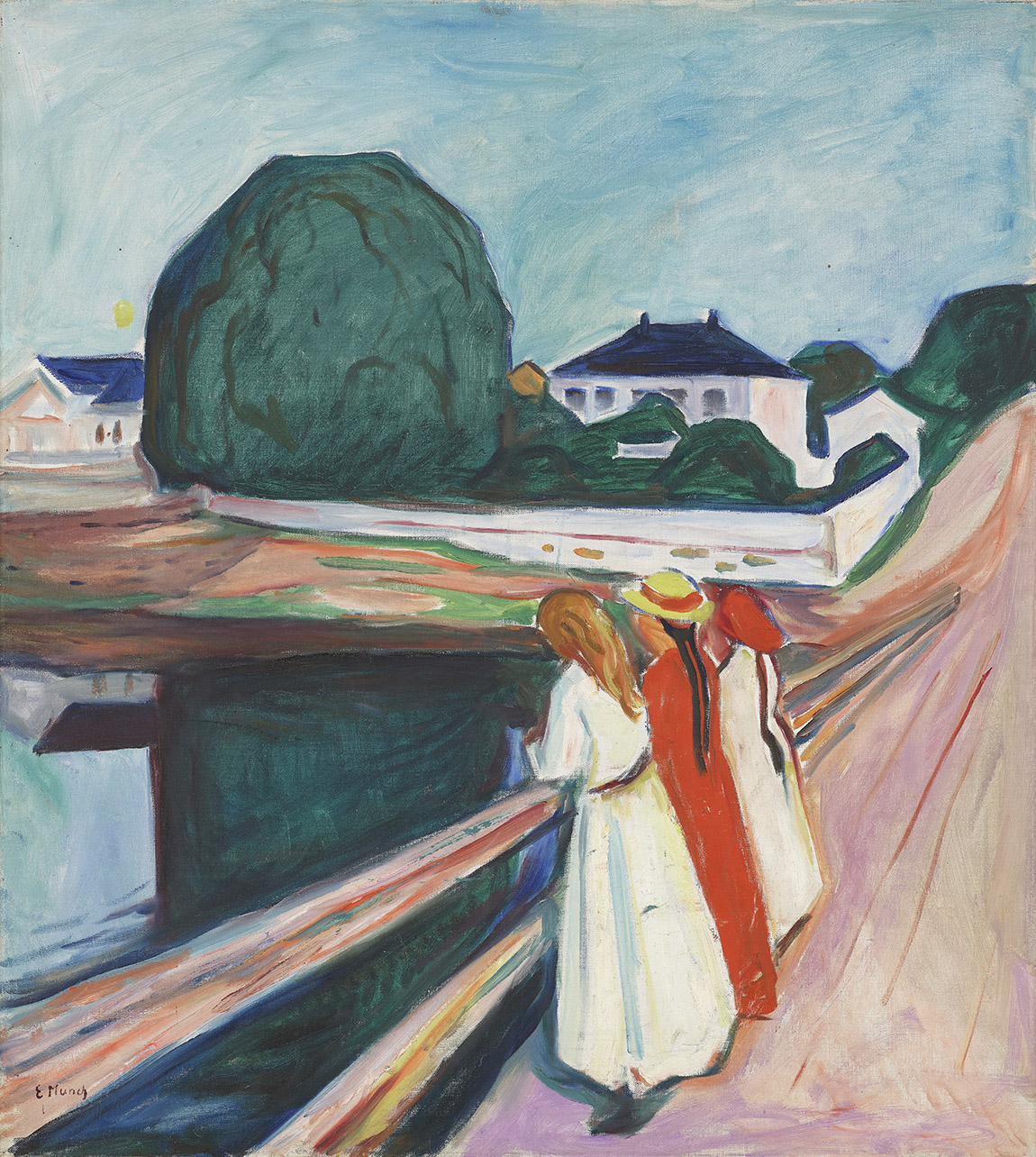
The girls on the bridge. Photo: Munch Museum
Honouring Munch’s legacy for future generations
When visiting MUNCH, Hansen recommends the main exhibition, Infinite, which showcases Munch’s most famous works in a setting designed to enhance the visual and emotional impact of his art. “This is a must-see for any visitor, but make sure not to miss out on the other exhibitions, which feature pieces by other artists from across the world.”
As the museum moves into the future, MUNCH strives to inspire and attract people from around the globe by combining Edward Munch’s unparalleled legacy with exciting programmes of modern and contemporary art. Next year, MUNCH will host exhibitions by internationally renowned artists Georg Baselitz and Kerstin Brätsch. “In addition to protecting and honouring Munch’s legacy for future generations, we want to be a space that shares art and knowledge, pushes creative boundaries, fosters open dialogue, and welcomes diverse perspectives.”
Whether you are an art aficionado or someone with little prior knowledge of art, MUNCH has something for you. Pair a day of art with a meal at the museum’s restaurant, overlooking the city’s breathtaking waterfront, and you are bound to leave with a lasting impression.
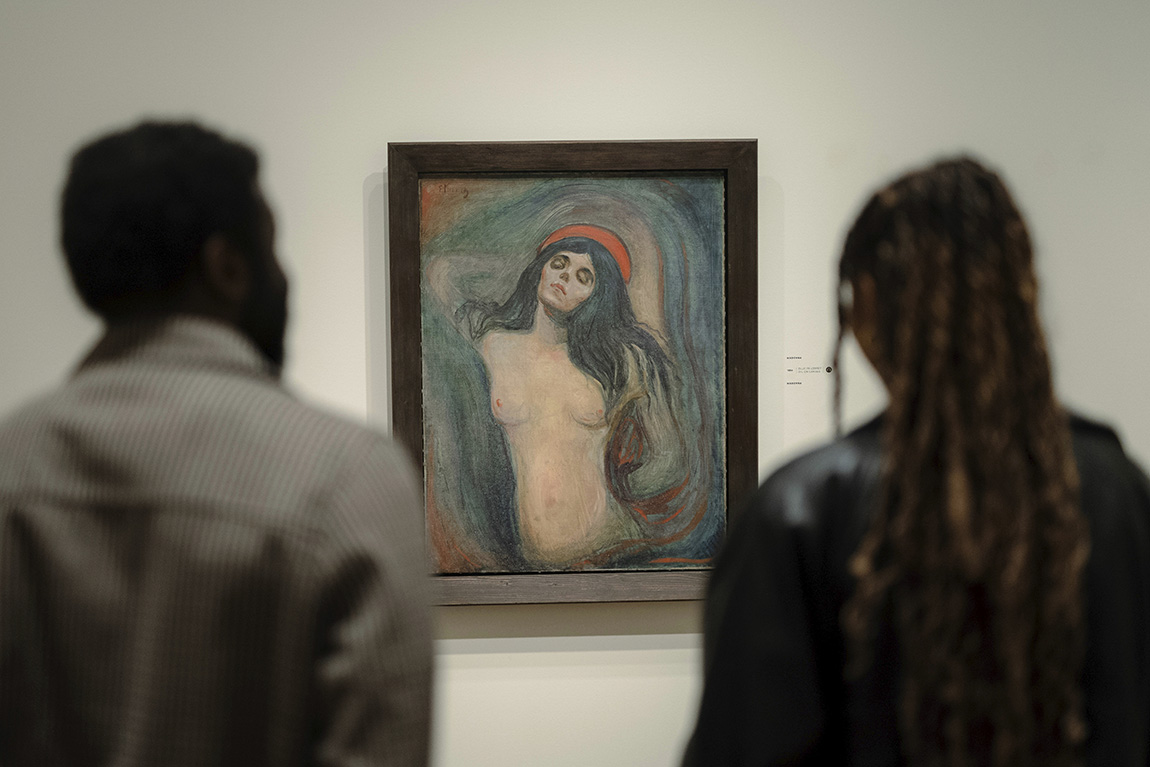
Madonna. Photo: Munch Museum
Web: www.munchmuseet.no
Facebook: MUNCH
Instagram: @munchmuseum
Subscribe to Our Newsletter
Receive our monthly newsletter by email


